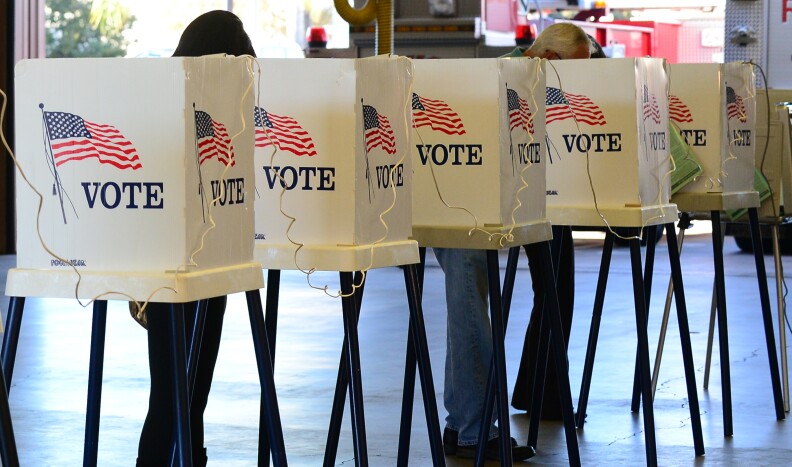If you're casting your ballot today you might run into some poll watchers carefully observing the process of voting.
Among them are researchers from Caltech and MIT collecting election data at the ground level.
Michael Alvarez, political science professor at Caltech, heads the Voter Technology Project, which offers research and tools designed to improve our voting system.
So how can science be applied to politics? Turns out, the lines at voting booths are similar to traffic in downtown L.A. At polling stations, bottlenecks can occur and slow down the flow when machines malfunction or volunteers make mistakes. The Voter Technology Project applies algorithms used in the private sector to develop tools to minimize congestion and maximize efficiency.
The Voter Technology Project is also supporting a site that monitors the election on Twitter. Tweets with hashtags such as "#ballot" or "#voting" can be analyzed in real time, showing how an individual is reacting to one particular aspect of the voting process.
Alvarez hopes that by 2028, the voting process will become easier and more streamlined. His vision? Voters will be automatically registered; booths will be flexible; remote voting will be more secure.
To listen to Michael Alvarez's interview with Take Two, click on the blue media player above.



